July 2021 marked 15 years of Reconciliation Australia’s Reconciliation Action Plan (RAP) program. It started with eight organisations – government, corporate, community and not-for-profit – in 2006.
We are now approaching 2,000 organisations with endorsed RAPs. Each has worked with us to develop and formalise a plan which meets their needs and our standards. The on-the-ground effects of this are staggering. In the year up to 2020, RAP partner organisations:
- Employed 63,973 Aboriginal and Torres Strait Islander people
- Procured more than $2 billion worth of goods and services from Indigenous-owned businesses
- Invested more than $24 million into scholarships for First Nations students
- Provided more than $50 million in pro bono services to Aboriginal and
Torres Strait Islander individuals, organisations and communities
More than 3,000 other organisations are in the preliminary stages of creating RAPs, and over 2,000 of those have commenced in the last 12 months alone.
“This 15-year process has involved a lot of hard work,” says Reconciliation Australia Chief Executive Karen Mundine.
In the 12 months to August, Reflect RAPs increased from 406 to 983 and Innovate RAPs from 516 to 786. The inflow of organisations is accelerating rapidly.
It bodes well for the next phase of the RAP program’s growth. After 15 years of hard work and good will, this phenomenal growth is exciting. The next 15 hold enormous potential. That’s not to say that it has always been plain sailing.
RAPs – a business plan for embedding reconciliation
Once upon a time, there was a ‘triple bottom line’. This phrase spread like wildfire among corporations in the 1990s. It signified that apart from profit, companies should also measure themselves against their social and
environmental impact.
Sadly, it was frequently more talked about than genuinely practised. The original bottom line had a way of reasserting itself at the expense of its ‘feel good’ counterparts. Eventually it was replaced by new mantras such as ‘Corporate Social Responsibility’ and ‘Social Licence to Operate’.
More recently we find ESG everywhere on the corporate landscape: Environmental, Social, Governance.
However, these ideas are no longer just good PR. They are increasingly enforced by investors who will withhold capital unless minimum ESG standards are met.
In the Australian context, recognition of the urgent need for national reconciliation and basic social justice is a fundamental element of any serious ESG policy program. RAPs offer organisations a tried and tested
mechanism to address that need.
This does not mean signing up for RAPs merely to tick a box in annual reports. This may have been the attitude among some in the past, but Reconciliation Australia now has long experience in weeding out such tendencies.
“It takes leadership for an organisation to whole-heartedly embrace its RAP and embed it into every aspect of its business,” says Karen Mundine.
“Reconciliation is a long journey, and sustained leadership is critical to long-term transformation.”
The above is an excerpt from Reconciliation News – October 2021.
Read the full article online in the latest edition of Reconciliation News.
This edition of Reconciliation News is all about the importance of Aboriginal and Torres Strait Islander peoples’ cultural empowerment, protection and rights. Download the full PDF or read the full edition online.


